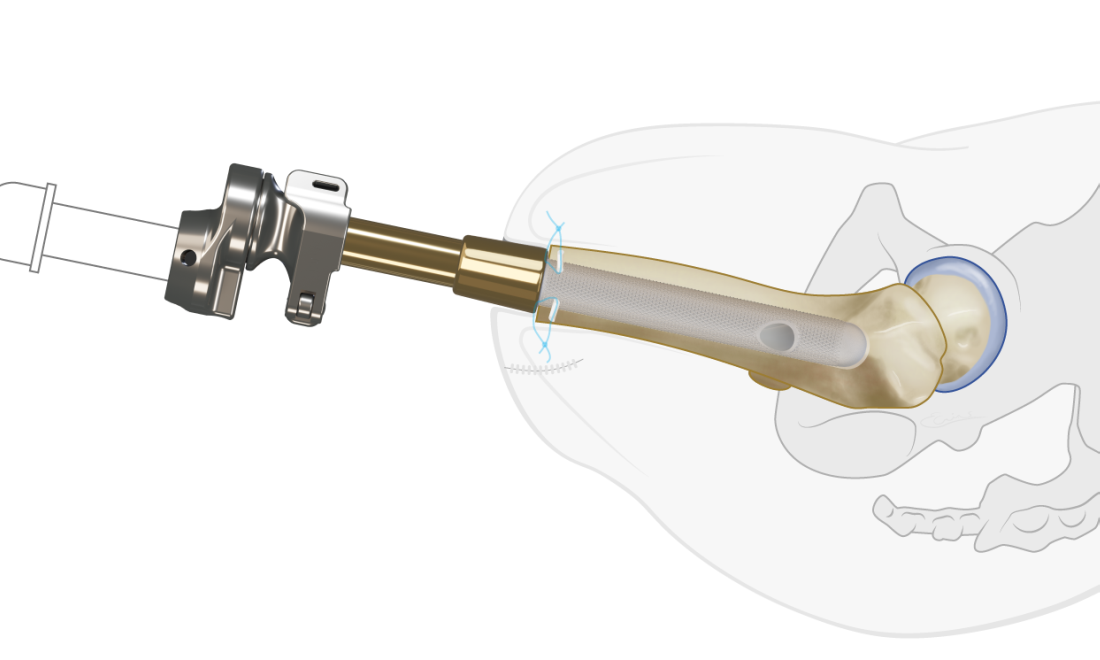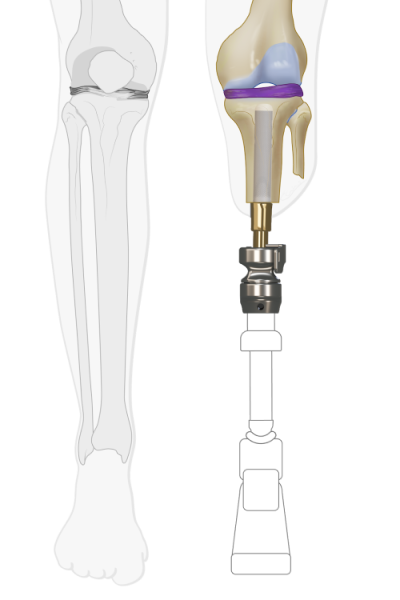
04 feb Drawn to Science

Written by: Erik Crins
Passions in life and science are great, but enthusiasm can get in the way of conveying your message clearly to others. Researching your audience and structuring your story will transform your broadcast of information to communication. In this article I will tell you how I learned to shut my mouth and started talking with illustrations. They are now my main language and I find that they help in capturing the attention and starting conversations. For me, this is a big goal in science. Conversation is what helps in pushing knowledge further. This is what we teach at ResearchStories.
Your passions in life and how to stop blabbering about them…
Then
I’m a scientist, a biologist and I’m creative. In my young adult life I was oblivious to my audience, my friends and fellow scientists. When I felt the urge to ‘enlighten’ them about all the ins and outs of latest discoveries, movies, hobbies, sports … I would not stop. You name it and if it was a passion of mine I could blabber about it. On and on I went…. Even with an audience of one.
Keeping people interested and having actual scientific communication was not one of my strongest qualities at the time. Both in speech and writing I had a hard time filtering, structuring, and choosing the right words.
It was when I learned about the Master in Scientific Illustration course in Maastricht that I found the best combination of two passions. And it was a great change in my communications skill. I learned how to draw!
Now
I learned how to draw medical and scientific illustrations. I loved to learn the craft from the best teachers in a wonderful place. As a student (again) I got to work at both the art academy and the dissection room of the Maastricht University Medical Center.
Today I sit right next to the scientist when new discoveries get published to the world, next to the surgeon when there are plans to teach fellow surgeons and students about new techniques. I get to structure their story and choose the right style to capture the attention and guide the audience to the core of what has to get across.
Let me stop myself here….

With permission of OTN Implants I better show what I mean.
This drawing is one in a series about implant procedures for prosthetic legs.
The grey outlines show you where you are in the human body. Colour and detail guide the eye to the subject and a photo realistic rendering of the tools and titanium parts best showcase the product line. What I liked most about this project was the combination of 3D CAD files and hand drawn illustrations, the strict and direct feedback and compliments of surgeons that learned about the procedures with help of these drawings. In the end I was asked to start a follow up on a new subject.
To come
I’m excited to make a next step and share my passion for creativeness, craftsmanship and science with a new audience. For ResearchStories I’ll be teaching PhD-students all about being drawn to science!
